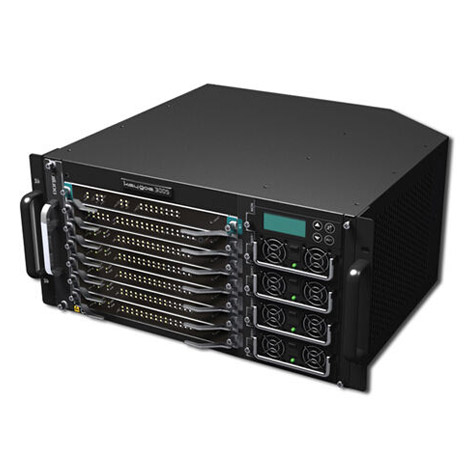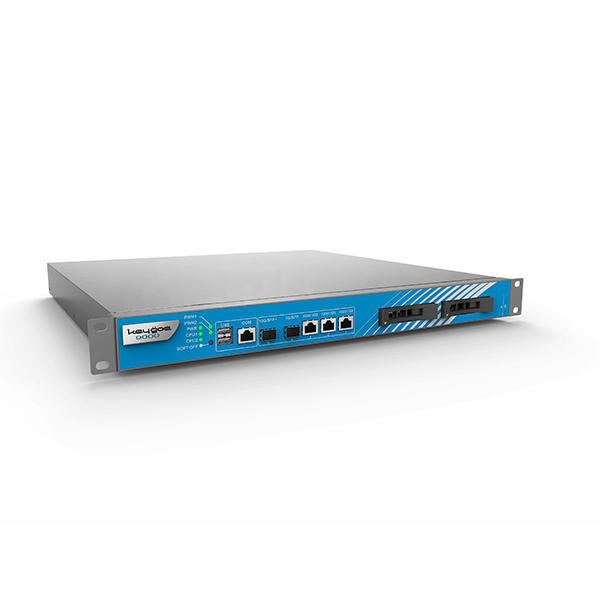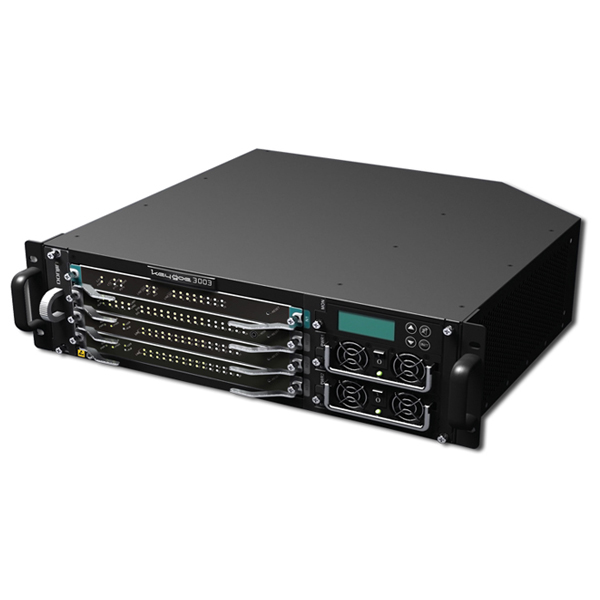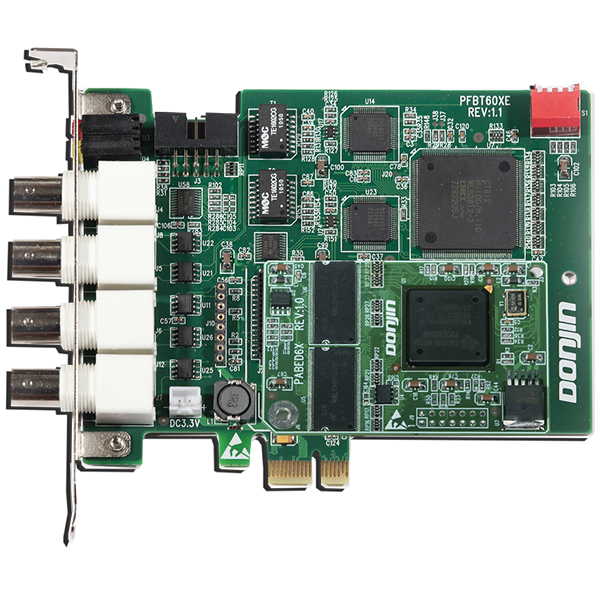DONJIN Unified Communication Platform Solution
Source:DONJIN Date:2016-06-23 Click: Second
I. Problems
Most of small and medium enterprises are operating in those industries of comparatively sufficient market competitions, where there tend to be rapid changes and intense competition on the market. Therefore, such enterprises need to be bestowed with lower operation costs, flexible management measures and quick market response capabilities. As far as most of small and medium enterprises are concerned, however, all of their cost controls, marketing means and response capabilities would be subject to the restriction of their communication systems.
Generally, corporate communications are divided into data communications and voice communications, where the applications of the former would mainly involve Email, IM and business systems (e.g. CRM, OA), etc, which are carried via the IP networks such as LAN, WAN and so forth; and the latter, which is usually established on the basis of traditional PSTN (public switched telephone network), would adopt the PBX (Private Branch Exchange) exchangers.
1. Voice communications based on the PSTN can produce relatively higher communication costs, and can be hardly controllable.
While a switching system based on PSTN applies the circuit-switching mode, communications in such a system can produce relatively higher costs as a result of sole occupation of communication channels by the system speech channels. According to statistics, voice communications can approximately account for 70% of total communication traffic, and communication costs thereof can in average, occupy about 40% of total operation costs of an enterprise. For those enterprises with a number of disperse branches and subsidiaries, costs arising from the communication can be even higher. Consequently, small and medium enterprises would have demands for voice communication of lower costs, and in particular, for the long distance voice communications.
2. Unified management can be hardly realized over communication systems
While there can be higher stability of a switching system based on PSTN, the closeness of system structures would make it very hard for telephone users to carry out the reasonable control of communications at communication terminals effectively, so that there would be a lack of unified planned communication strategies, or difficulties to form such strategies in the number specification or control of phone call charges, or the loss of control of management to result in the increase of costs.
Thus, small and medium enterprises would demand simple and effective means to achieve the highly efficient control of their communication systems.
3. Communication systems can provide weaker support to corporate business operations.
At present, informationized applications based on the data services such as Web, Email, CRM, OA and so on have become rather mature among small and medium enterprises. Benefiting from such advantageous features of IP technologies as simplicity, openness and flexibility, these applications have buttressed a vast majority of business operations in such enterprises. Yet in terms of business development, customer contact and technical services, what mostly utilized in such enterprises would be more often than not the voice communications. Due to the poor closeness and fusion of existent communication systems, their interconnection with the corporate business operation systems can be hardly realized, resulting in the low level of automation of business development.
To complement the deficiencies of traditional communication systems, small and medium enterprises would often need to increase their manpower and material resources substantially, but would be unlikely to achieve good results.
II. Solutions
In relevance to the business needs of small and medium enterprises, Shenzhen Donjin Technologies Co., Ltd has utilized the technical accumulation of Donjin Tech in voice switching and media processing to put forward a set of communication system solutions for small and medium enterprises, where the functional structure is shown in the figure below:

客户、员工、合作伙伴—Customers,employees,partners
企业业务服务器群 –Corporate business server clusters
业务流- Business flow
软电话、设置-Soft phone, setting
IP 电话- IP Phone
管理终端-Management terminal
流程编辑-Flow edition
业务控制-Operation control
资源监控-Resource monitoring
系统维护-System maintenance
管理者-Administrator
东进企业通信系统-Donjin Corporate Communication System
电话会议-Telephone conference
网络传真-Network Fax
呼叫转移-Call transfer
语音信箱- Voice mail
智能路由-Intelligent routing
传真机-Fax machine
数字电话-Digital telephone
普通电话-Ordinary telephone
Herein, various communication system solutions can be merged and media processing technologies can be utilized to combine the existent TDM switching networks and data local area networks (LAN) in enterprises to make the full use of technical superiorities of various networks so that such unified, intelligent corporate communication applications as long distance intelligent routing, telephone conference, network fax, unified message, voice mail and call transfer can be realized on the basis of satisfying the traditional voice switching needs of enterprises. In this way, enterprises can be helped to reduce their communication costs, enhance their communication management capabilities and facilitate the organic combination of their communication systems and business operations.
By way of the Donjin unified (converged) communication platform, it is possible to construct an open multimedia communication platform connecting the businesses or applications of administrators, customers, employees and partners of enterprises to organically integrate various resources into the corporate business processes, provide an impetus to the effective exchange and communications between these enterprises and their customers and partners, enhance the level of collaboration and reduce the corporate operation costs.
III. Introduction of Donjin Unified (Converged) Communication Software and Hardware Platform
The Donjin Corporate Communication System is composed of Donjin Unified (Converged) Hyper-Media Switch, Donjin Gateway and other edge devices ( Shown in the figure below).

东进网关-Donjin Gateway
普通话机-Ordinary phone
IP 电话- IP Phone
传真机-Fax machine
软电话-Soft Phone
东进融合超媒体交换机-Donjin unified (converged) hypermedia switch
应用服务器-Application server
便携PC-Portable PC
The Donjin unified (converged) hypermedia switch can accomplish voice switching within one same network or between different networks and can mainly involve such functions as media conversion, signal analysis and voice switching. Simultaneously equipped with both the IP phone server and VoIP media gateway functions, the Donjin unified (converged) hypermedia switch can realize the mutual voice communications between various branches and subsidiaries through the WAN, and can in the meantime, connect the IP networks and PSTN local telephone networks, while the WAN can support any form of data networks such as VPN, xDSL and so on. The switch can be accessed with both digital trunk and analog trunk units to support the SS7, SS1and ISDN signals, support the H.323 and SIP protocols, and support the voice applications based on Skype, while supporting the G.723.1,G.729 and G.711 voice coding protocols in media processing. As a result, such a switch can have the voice activity detection, echo suppression and anti-delay & anti-differ functions.
Meanwhile, The Donjin unified (converged) hypermedia switch contains both the service and media processing resources such as conference bridge, fax server, Voicemail, voice record server, IVR and voice switching modules, and media processing modules. The conference resource can provide a maximum conference of 512 parties, where the conference parties can be either from the telephone network users, or from the Internet users. Thus, supports can be provided to telephone conferences, call centers and Web-based voice applications of enterprises; The fax resource can accomplish the format conversion of faxes, detection of fax signals, and automatic sending and receiving and saving of faxes in batches; The voice recording resource can realize the real-time recording of telephone calls, thus providing support to corporate monitoring of businesses. The media process resource can realize such functions as IP voice, voice recognition, TTS, background sound effects and sound (voice)modification,etc.
The Donjin unified (converged)hypermedia switch is internally installed with the CTI server so that it can also support the third-party CTI with an external server, and such protocols as CSTA AND TAPI, where the users can count on their computers to take control of telephones or telephone systems and thus share voice resources in networks.
IV. Introduction to Functions
1. Realizing zero charge expense for internal calls of an enterprise
As this unified (converged) hypermedia switch can rely on the Wide Area Network (WAN) to connect to branches and subsidiaries in various areas, phone calls between the headquarter and branche & subsidiaries, and between various branches and subsidiaries can be directly conducted via the WAN or Internet, thereby saving all the charge expense for internal calls of an enterprise, while this switch can support such protocols as H.323 and SIP, and suppor the SKYPE connections. For those branches and subsidiaries aleady equipped with the traditional PBX switches, this switch can connect the PBX to Donjin gateway and further to the headquarter via this gateway; For those branches and subsidiaries that do not use the PBX switches, internal voice communications can be transmitted via the Local Area Network (LAN) to directly access the internal LAN into the WAN without the need of alternative wiring, thereby realizing the interconnection with telephone networks over the WAN or Internet. Meanwhile, this unified (converged) hypermedia switch can provide the local PSTN connections to realize the communication applications with voice quality assurance and minimum application costs for enterprises.
2. Management of Internal Telephone Calls
The Donjin Corporate Communication System can depend on the computer terminals or telephones to configure the resources in the whole communication system, so that it is possible not only implement the local configurations, but also realize the remote settings at different places. At now, the mangment functions provided involve the flow edition, operation control, resource monitoring and system maintenance.
Through computer terminals, corporate maintenance staff can realize at only one place, the management of communication resources of all branches and subsidiaries including computer operators, telephone directories, automatic route selection ( when the user dials the IP phone numbers, the system can depend on the calling time and calling sites to automatically select the most cost-efficient routes or operators for the outgoing calls), call authorization setup ( allowing or forbidding certain type of calls according to the service level, number, area code and country code setup rights), real-time telephone call records and detailed call lists.
3. Telephone conference. The telephone conference function can realize a maximum conference of 512 parties, anc can provide such functions as conference application, conference launch, conference schedule and conference recording, etc, where any phone call can be flexibly added into a conference group. The telephone conference function can be particularly applicable to those enterprises in the split working mode.
4. Voice mail function. The voice mail function can realize such functions as voice message, message listening and user management.
5. Network fax function. The network fax function can realize the automatic sending/receiving, automatic distribution, resending and detection of faxes in batches,
6. Unified message function. This function can serve as an effective means to realize the paperless office work and improve working efficiency in enterprises, where the system can carry out the unified sending of message information, fax meassages and electronic mails of employees into the designated electronic mailboxes and can unify the message acceptance routes.
-
Keygoe9001 Multimedia Switch
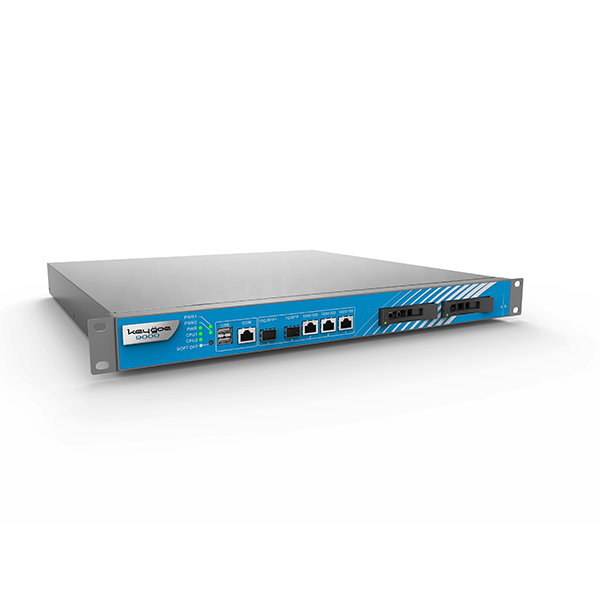 DONJIN Keygoe9001 multimedia switch is an all-IP multimedia exchanging and processing platform. In a 1U chassis, it can provide a maximum of 2000 IP voice resources and 240 video resources to give powerful media processing ability for innovative services based on the Internet/IMS/NGN, such as the IP audio/video playing/recording, IP audio/video conferences, and interactive IP audio/video. It can also flexibly carry a third-party TTS, ASR, and other media or data processingMore
DONJIN Keygoe9001 multimedia switch is an all-IP multimedia exchanging and processing platform. In a 1U chassis, it can provide a maximum of 2000 IP voice resources and 240 video resources to give powerful media processing ability for innovative services based on the Internet/IMS/NGN, such as the IP audio/video playing/recording, IP audio/video conferences, and interactive IP audio/video. It can also flexibly carry a third-party TTS, ASR, and other media or data processingMore -
Keygoe9003 Multimedia Switch
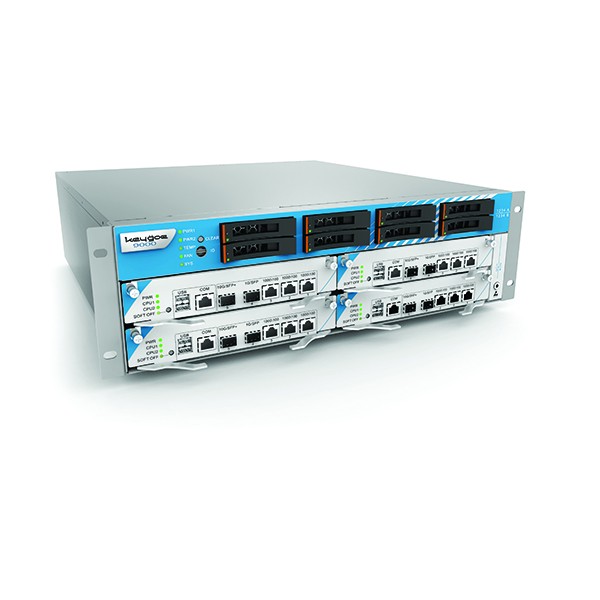 DONJIN Keygoe9003 multimedia switch is an all-IP multimedia exchanging and processing platform. In a 3U chassis, it can provide a maximum of 8000 IP voice resources and 960 video resources to give powerful media processing ability for innovative services based on the Internet/IMS/NGN, such as the IP audio/video playing/recording, IP audio/video conferences, and interactive IP audio/video. It can also flexibly carry a third-party TTS, ASR, and other media or data processing.More
DONJIN Keygoe9003 multimedia switch is an all-IP multimedia exchanging and processing platform. In a 3U chassis, it can provide a maximum of 8000 IP voice resources and 960 video resources to give powerful media processing ability for innovative services based on the Internet/IMS/NGN, such as the IP audio/video playing/recording, IP audio/video conferences, and interactive IP audio/video. It can also flexibly carry a third-party TTS, ASR, and other media or data processing.More

 “Financial Product”WeChat
“Financial Product”WeChat “Telecommunication Product”WeChat
“Telecommunication Product”WeChat
